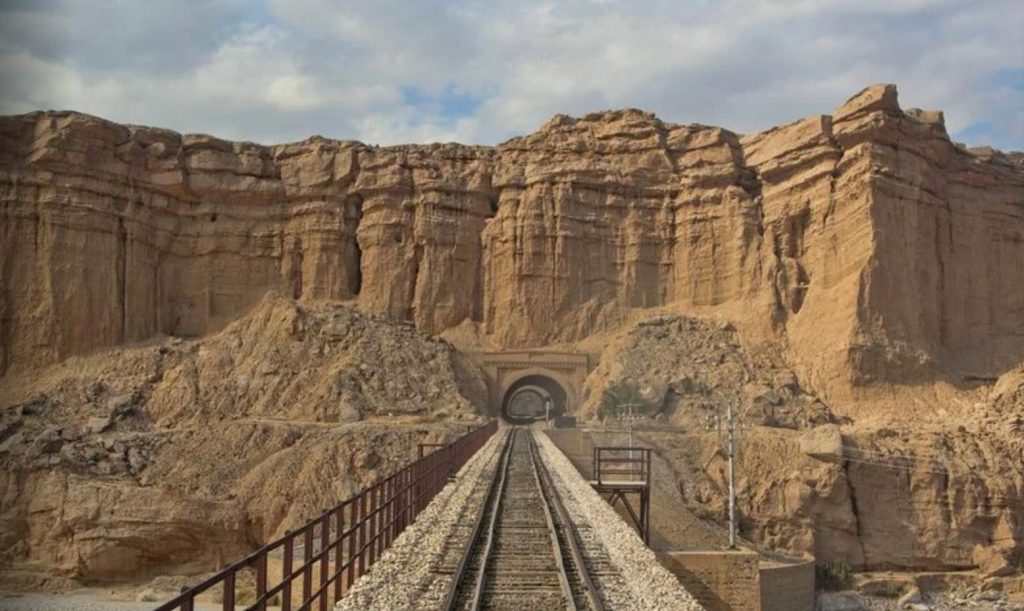By Kamran Raja
For years, the Baloch Yekjehti Committee (BYC) has positioned itself as a peaceful advocate for the families of missing persons in Balochistan. Their protests, often led by grieving women holding photos of sons and husbands, have become powerful visual symbols of suffering and resistance. Sit-ins outside press clubs in Islamabad, Karachi, and Quetta, with emotional mothers and powerful speeches, have gained BYC support from both Pakistan and abroad.
But according to local observers, this emotive activism may be concealing a more troubling reality. Evidence and intelligence suggest that the BYC functions not just as an advocacy group, but as a political and logistical front for the Baloch Liberation Army (BLA) the most violent militant organization operating in the region.
The BYC has cultivated a humanitarian image while, critics allege, quietly strengthening BLA networks. Families of active militants are encouraged to join protests. Donations raised in the name of “victims” are reportedly funneled into militant support. Chants and slogans at rallies mirror separatist narratives, blurring the line between peaceful protest and insurgent propaganda.
A senior security official commented, “When you look at BYC’s protests, you see women and children. But when you look behind the scenes, you find BLA networks being strengthened financially, politically, and through recruitment. BYC is the propaganda wing that provides cover to those carrying out attacks.”
A key part of BYC’s strategy, critics say, is to frame every counterinsurgency operation as an “enforced disappearance” and every militant as a “victim.” In December 2021, during a sit-in led by Mahrang Baloch and Sammi Deen Baloch shared a list of missing persons.Months later, some individuals on that list were featured in BLA propaganda videos, armed and fighting in the mountains of Kech and Panjgur.
This pattern has repeated itself: individuals labeled as “disappeared” at protests later resurface as militants. Yet the narrative consistently paints the state as the oppressor, and the militants as martyrs.
Dr. Mahrang Baloch, now the most visible face of BYC, continues to assert that the group is non-violent. However, her speeches often target state institutions while ignoring the violence committed by BLA including bombings, kidnappings, and assassinations of civilians and security personnel. Sammi Deen Baloch echoes a similar line, framing the situation as one of “state oppression” without acknowledging insurgent brutality.
A Quetta-based journalist remarked “When Mahrang speaks, she tells half the story. She never talks about the bomb blasts, the killings, the attacks on poor Punjabi laborers. She only talks about missing persons, and by doing so, she presents militants as martyrs.”
Online activity further fuels suspicion. Private accounts on platform X (formerly Twitter), such as @AbdulRehman and @FatimaBaloch, have hinted at Dr. Mahrang Baloch’s past links with BLA. One of her bodyguards is said to have joined the BLA.
The strongest evidence of the BYC-BLA connection came during the Jaffer Express kidnapping operation. After security forces rescued abducted civilians and killed BLA militants, BYC leaders, including Dr. Mahrang went to the Quetta morgue to collect the bodies.
Rather than condemning the kidnappings, BYC activists attempted to portray the militants as “victims of state brutality.” This spectacle shattered the group’s carefully maintained image, revealing what many had long suspected: BYC’s true allegiance lies with insurgents, not civilians.
According to intelligence reports, donations collected at BYC protests are not transparently accounted for. Instead, they allegedly fund insurgent activity from safe houses to medical care. In cities like Turbat and Gwadar, locals recall how young men attending BYC rallies soon disappeared, later resurfacing as BLA fighters.
A Gwadar based rights activist explained “Families come to these protests for sympathy, but their sons are slowly drawn into the idea of ‘joining the struggle.’ BYC is the bridge between grievance and militancy.”
Each time BLA gains strength with BYC’s help, a new wave of violence hits Balochistan. Civilians, shopkeepers, teachers, and migrant laborers become casualties in bombings and targeted attacks. Infrastructure is destroyed. Peace and development are pushed further out of reach.
A school teacher in Turbat summed up the region’s frustration “We need jobs, we need schools, we need peace. But BYC keeps the wounds open, keeps telling our youth that the State is the enemy. Then those same youth end up dead as militants, and their families are paraded again as victims. This is a cruel cycle.”
There are real grievances in Balochistan including economic neglect, lack of political representation, and genuine cases of enforced disappearances. But when BYC monopolizes the human rights narrative and ties it to a separatist agenda, the result is the silencing of authentic voices for peace.
A civil society member from Khuzdar lamented “If you talk about peace, you’re silenced. If you support rights but not BYC, you’re ignored. The militants have hijacked the rights discourse.”
As Balochistan becomes central to national development projects like the China-Pakistan Economic Corridor (CPEC), the role of groups like BYC must be critically examined. The tragic case of the Jaffer Express kidnappings was a moment of clarity BYC and BLA are not separate forces, but two faces of the same coin.
If the province is to move toward peace and prosperity, its people need genuine advocacy, not organizations that exploit their suffering for political and militant gains. The people of Balochistan deserve a future, not just grief.


